41 Blattodea
Blattodea
Next, we cover the order Blattodea, which includes both the cockroaches and the termites. There are several families that can be caught in BC. There are about 6500 species worldwide with about 50 species of cockroaches in North America. Four species of termites are represented in BC, from three families (one is an introduced species).
Cockroaches
One translation of Blattodea is “shun the light”, for the typical pest cockroach behavior of running for shelter when lights are turned on. As you are, no doubt, aware, cockroaches can be of economic importance in human dwellings. These pest species are all of tropical or subtropical origin. Most cockroach species are not pests, though, and can be very important to their ecosystems.
Cockroaches are paurometabolous, and all produce egg cases called oothecae. Many are subsocial, showing parental care. They were among the earliest dominant groups of Neoptera, and appear to have been an ancestral group to termites. The wood roaches have very similar gut symbionts to termites. Cockroaches tend to have dorsoventrally flattened bodies, with well-developed wings and a large pronotum, as well as chewing mouthparts.
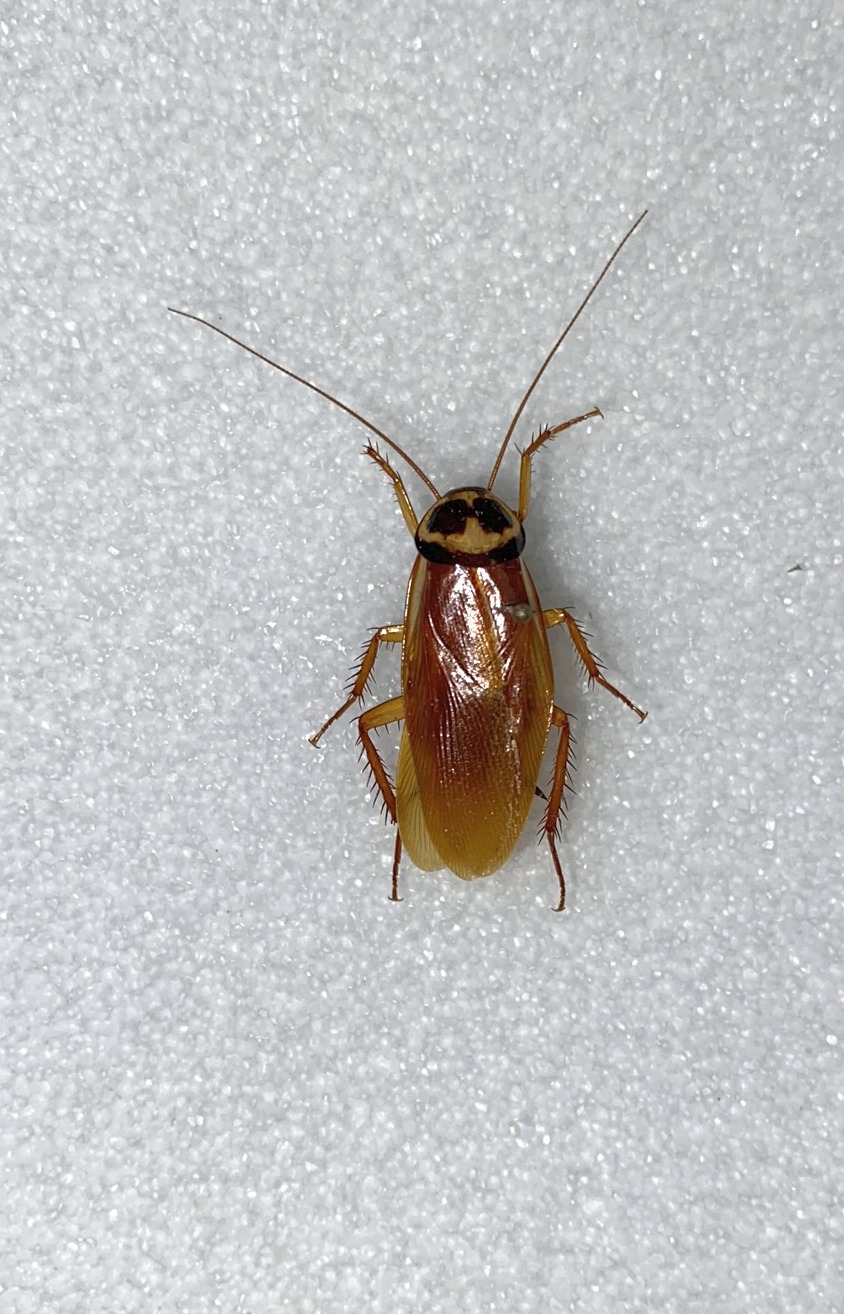

Termites
The termites were, until recently, grouped in a separate order, the Isoptera (“iso” = “equal”). Molecular similarities, as well as similarities in gut symbionts, have now led to them being grouped with the cockroaches in the Blattodea. There are about 2300 species of termites worldwide, all of which feed on cellulose with the aid of symbiotic protozoa in their guts. This feeding behavior brings many species into serious conflict with humans, and termites can be important structural pests in tropical and subtropical areas.
Like the cockroaches, termites are all paurometabolous. They do not carry oothecae, though. Many termites are eusocial, with a well-developed caste system. Male and female reproductives are winged, and courtship flights can be gruelling. The male stays with the female. Their offspring fulfill the roles of soldiers, workers, or other castes in the colony. In one ancestral genus, Mastotermes, the nymphs serve as workers. These colonies also have pseudergates, or “false workers”. Pseudergates are capable of undergoing a “reverse moult”, to fill any shortages in the castes present in the colony.
Some tropical termite species construct large and elaborate mound nests. The tunnels inside these mounds provide built-in ventilation and cooling systems, a fertile line of inquiry for architectural research.
In BC, our most commonly-found termite species is the Pacific dampwood termite, Zootermopsis angusticollis. As the common name suggests, this species nests in wood that is damp and, therefore, usually decaying. They are important agents in the decomposition of large trees and coarse woody debris on the coast. Winged reproductive are dorsoventrally flattened and have front and hind wings that are almost identical in shape and size. The soldiers have large jaws for defense, and the workers are small and white.
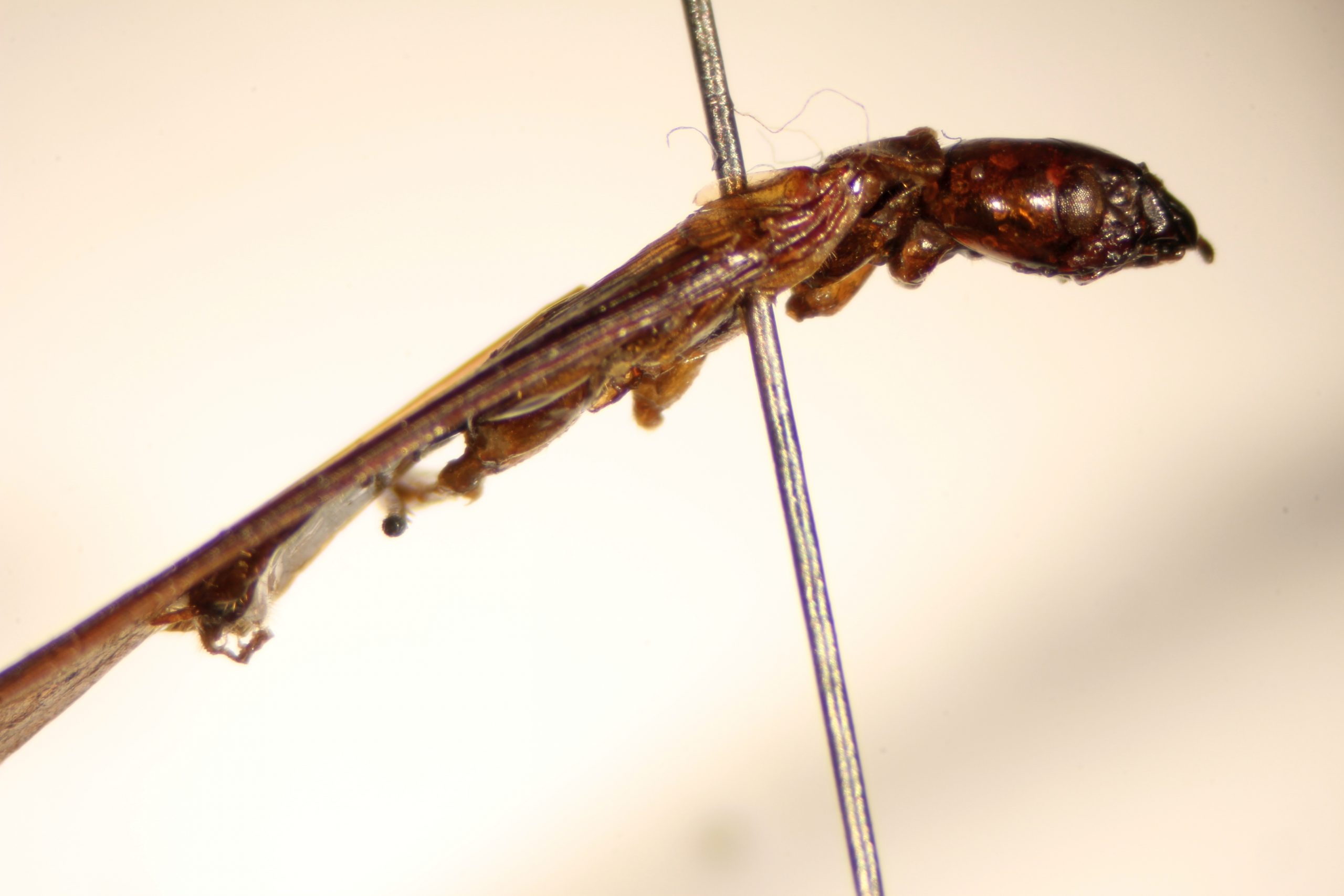
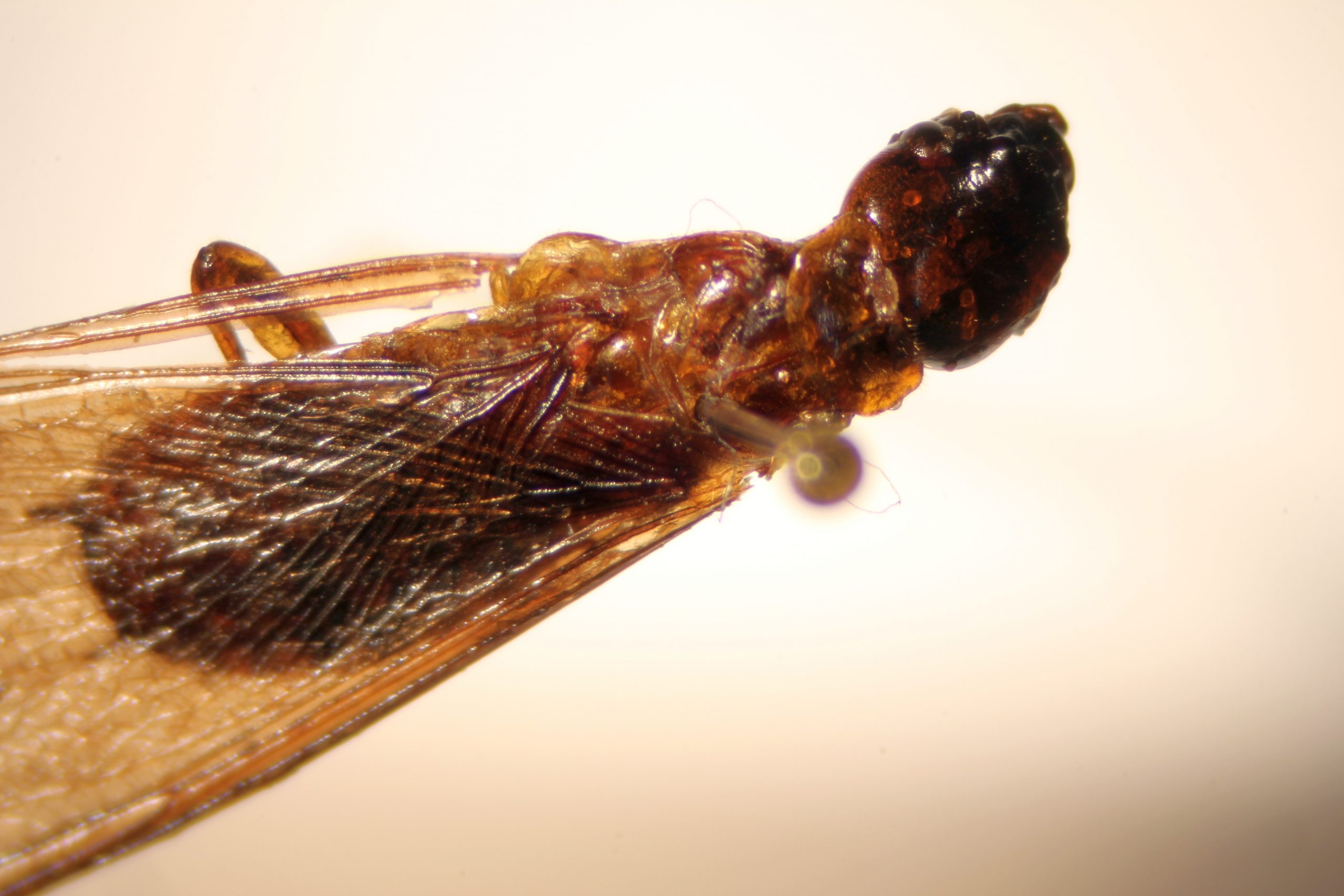
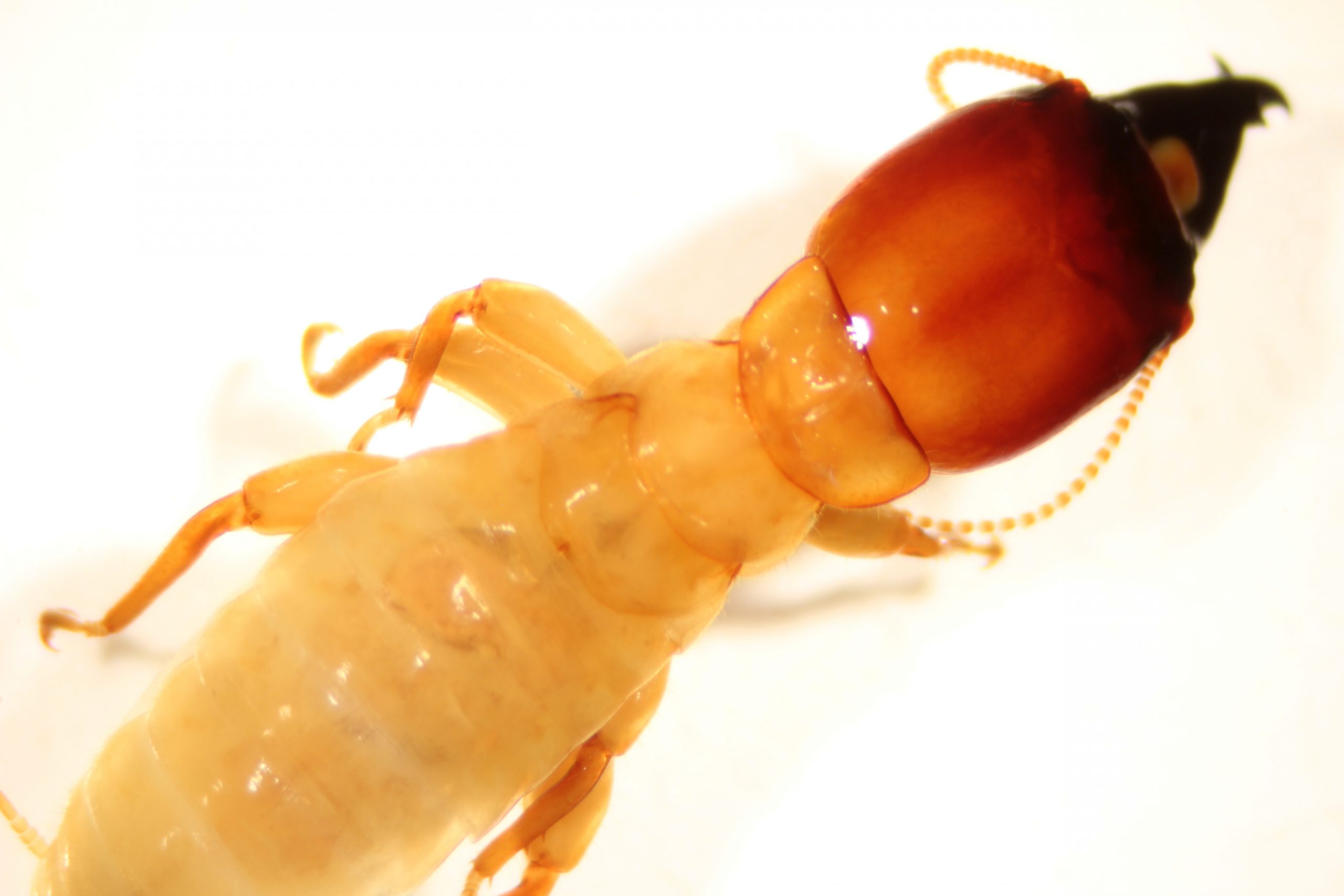
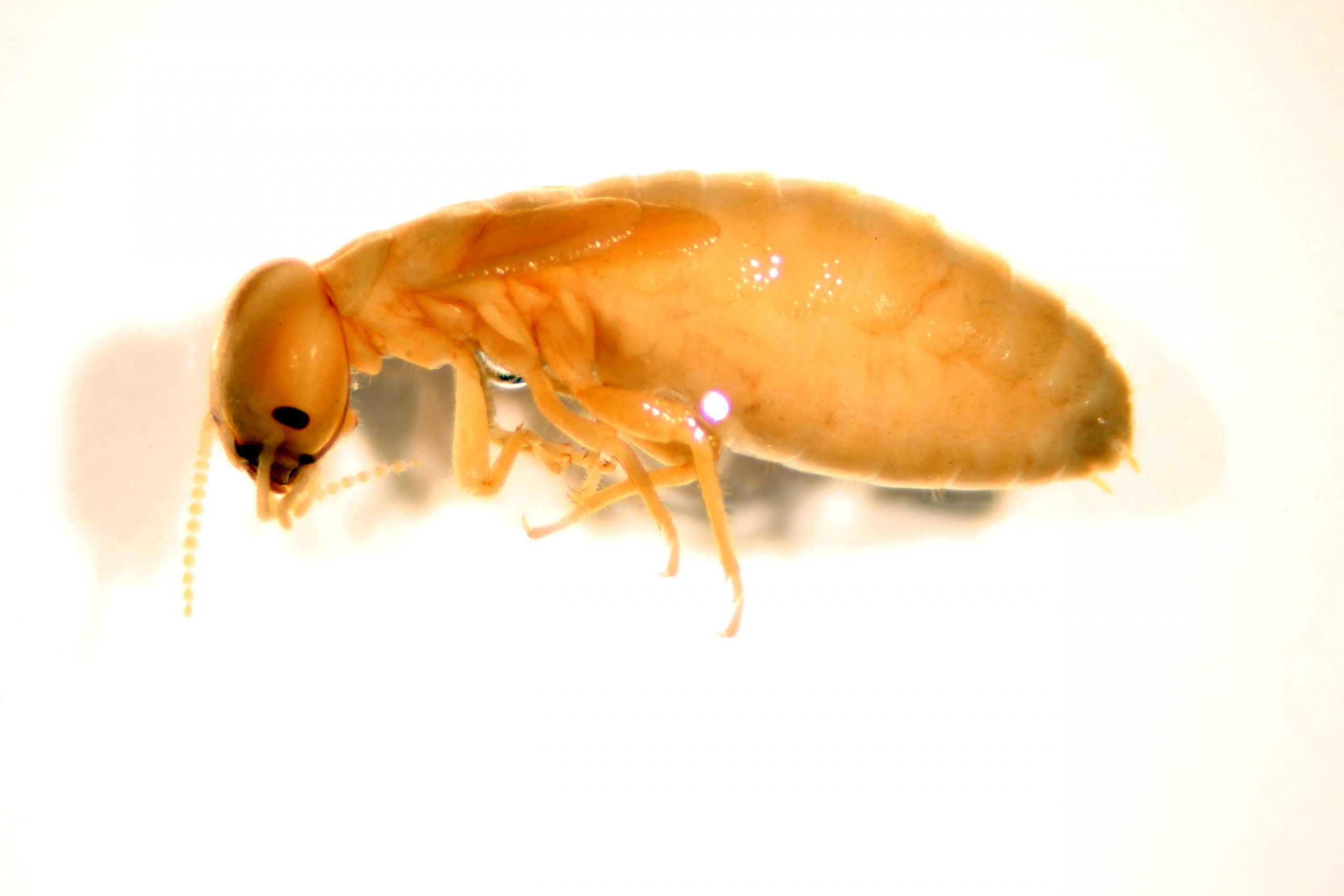


Feedback/Errata